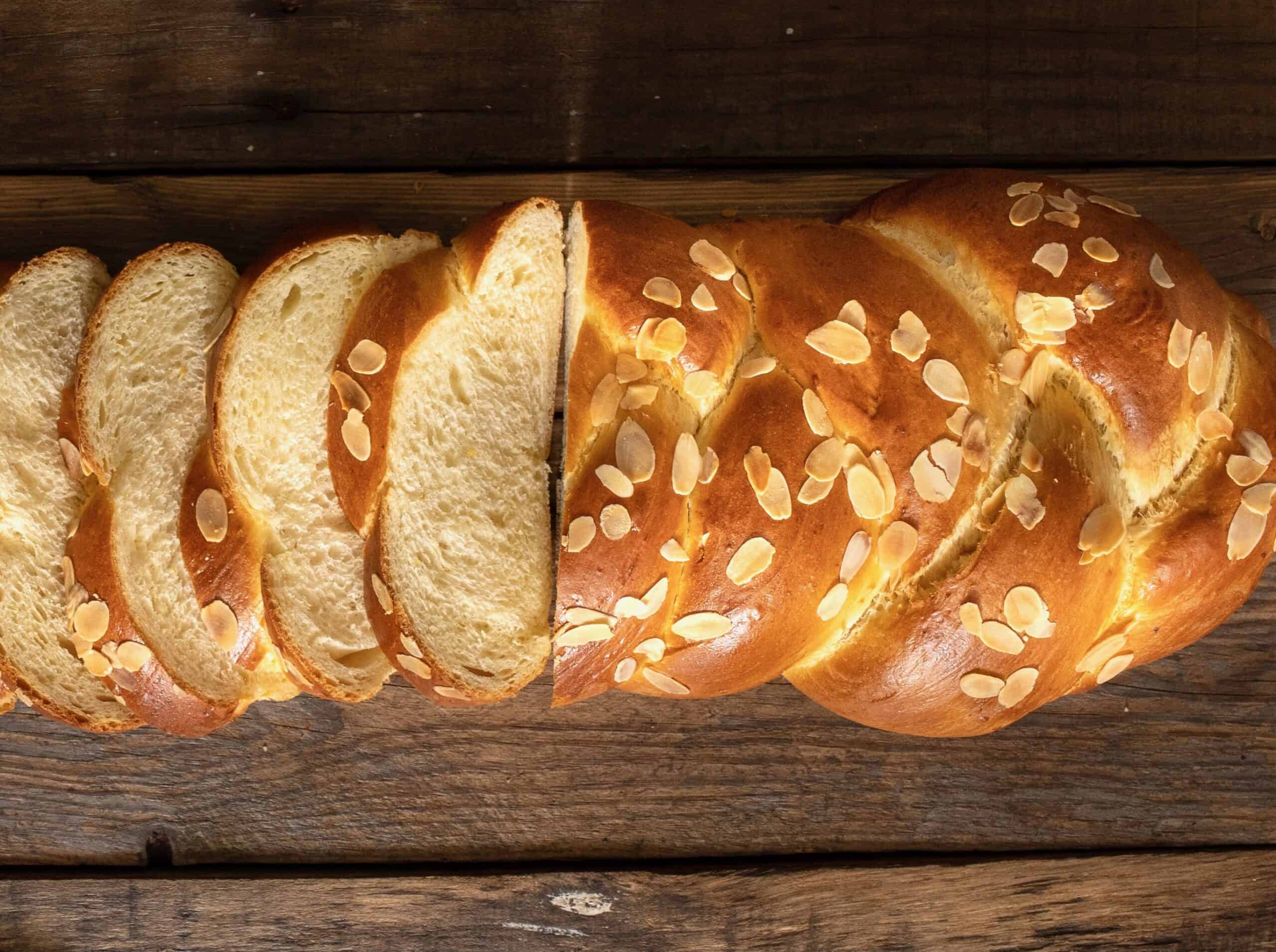Greek Easter Bread: History, Recipes, and Modern Twists on Traditional Tsoureki
Greek Easter Bread, known as Tsoureki, has deep roots in both ancient and Christian traditions. It’s believed that the bread’s origins trace back to Roman and Byzantine times. In Greece, this bread symbolizes the resurrection of Christ during Easter. The braided design represents the Holy Trinity, while red-dyed eggs signify the blood of Christ. Families gather to bake this bread, reinforcing cultural bonds and traditions.
Traditional Ingredients and Variations
Tsoureki combines several distinct ingredients that give it its unique flavor and texture. The primary ingredients include flour, milk, butter, sugar, eggs, and yeast. Specific spices like mahleb and mastic add traditional aromas. Variations might incorporate flavorings like orange zest, vanilla, or almonds. Some regional recipes include nuts or dried fruits, enhancing the bread’s taste and texture diversity.
How to Make Greek Easter Bread
Ingredients List
To make Greek Easter Bread, gather the following ingredients:
- 5 cups all-purpose flour
- 1 cup warm milk
- 1 cup sugar
- 1/2 cup unsalted butter, melted
- 3 large eggs
- 2 1/4 tsp active dry yeast
- 1 tsp salt
- 1 tsp mahleb powder
- 1/2 tsp ground mastic
- Zest of one orange
- Red-dyed eggs (for decoration)
- Prepare the Yeast Mixture
Combine the warm milk and yeast in a bowl. Let it sit for 10 minutes until it becomes frothy. - Mix the Dry Ingredients
In a large bowl, combine the flour, sugar, salt, mahleb, and mastic. - Combine Wet Ingredients
In a separate bowl, whisk the eggs and melted butter. Add the orange zest. - Form the Dough
Gradually add the wet ingredients to the dry mixture. Then, add the yeast mixture. Knead the dough for about 10 minutes until it becomes smooth and elastic. - First Rise
Place the dough in a greased bowl. Cover it with a clean cloth, and let it rise in a warm place for 1-2 hours or until it doubles in size. - Shape the Bread
Divide the dough into three equal parts. Roll each part into a long rope. Braid the ropes together to form a single loaf. Place red-dyed eggs between the braids for decoration. - Second Rise
Place the shaped dough on a baking sheet. Cover it again, and let it rise for another hour. - Bake the Bread
Preheat the oven to 350°F (175°C). Brush the bread with a beaten egg for a glossy finish. Bake for 25-30 minutes until golden brown.
By following these steps, you can create a traditional and flavorful Greek Easter Bread to enjoy with your family and friends.
Culinary Importance of Greek Easter Bread in Celebrations
Symbolism in Greek Easter Traditions
Greek Easter Bread, or Tsoureki, holds significant cultural symbolism. Families bake this bread to represent the resurrection of Christ. The braided shape symbolizes the Holy Trinity, while the red-dyed eggs, often placed within the braid, signify the blood of Christ. Adding spices like mahleb and mastic connects to ancient traditions, linking past and present celebrations. Each ingredient and decorative element enhances the spiritual meaning, making Tsoureki an essential part of Easter festivities.
Serving Suggestions
Serve Greek Easter Bread as part of your Easter spread. Slice it and pair it with butter or jam for breakfast. Use it as a dessert by accompanying it with honey, tea, or coffee. Incorporate it into Easter brunches or dinners, offering it alongside savory dishes like lamb or as part of a bread basket. Toast slices for a unique texture and flavor. If any bread is left over, use it for making French toast or bread pudding, extending its enjoyment beyond Easter.
Alternative Recipes and Modern Adaptations
Gluten-Free and Vegan Options
Explore gluten-free and vegan variations of Tsoureki to accommodate dietary restrictions. Gluten-free flour blends, like rice or almond flour, replace traditional wheat flour. Use plant-based milk such as almond or oat milk instead of dairy milk. Replace butter with coconut oil and eggs with flaxseed meal or chia seeds mixed with water. Continue using spices like mahleb and mastic for authentic flavor. The result is a Tsoureki that maintains its signature taste and texture while meeting gluten-free and vegan dietary needs.
Incorporating New Flavors
Experiment with modern flavors to give Greek Easter Bread a contemporary twist. Incorporate matcha powder into the dough for a green hue and distinct taste. Add dried cranberries, apricots, or figs for bursts of sweetness. Infuse the bread with flavors like lavender, ginger, or cardamom for a unique aroma. You can combine white chocolate chips for a sweeter profile or use dark chocolate chunks for a richer contrast. Each adaptation retains the traditional elements while offering new exciting tastes, making your Tsoureki stand out.
Conclusion
Exploring the rich heritage and evolving adaptations of Greek Easter Bread opens up a world of culinary possibilities. Whether you stick to traditional recipes or experiment with modern twists like gluten-free or vegan versions you’re sure to enjoy the delightful flavors and cultural significance of Tsoureki. This versatile bread isn’t just for Easter it’s a treat that can be enjoyed year-round. So go ahead and try your hand at making Tsoureki and bring a piece of Greek tradition into your home.





